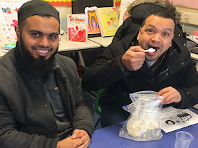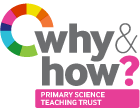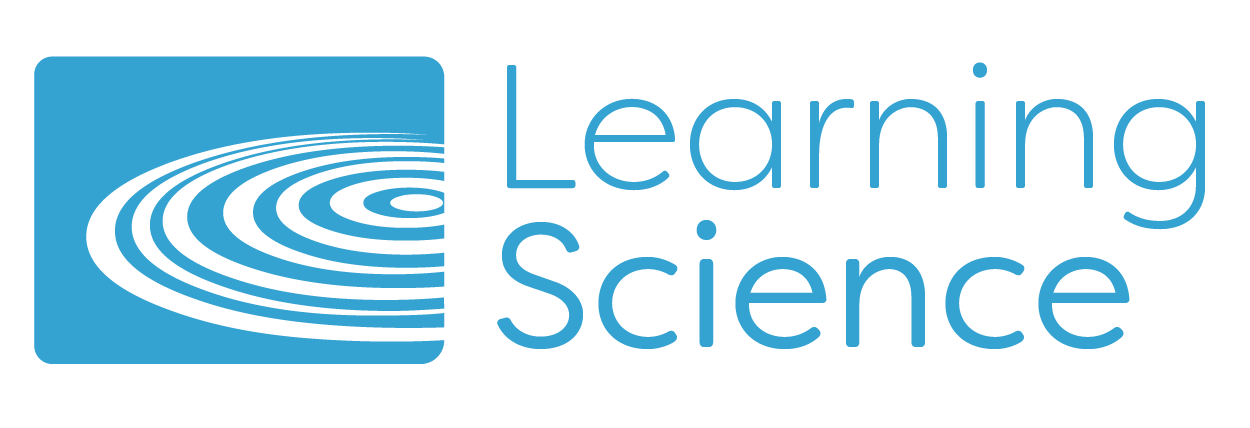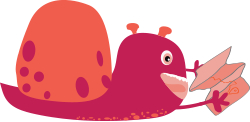Kitchen Science
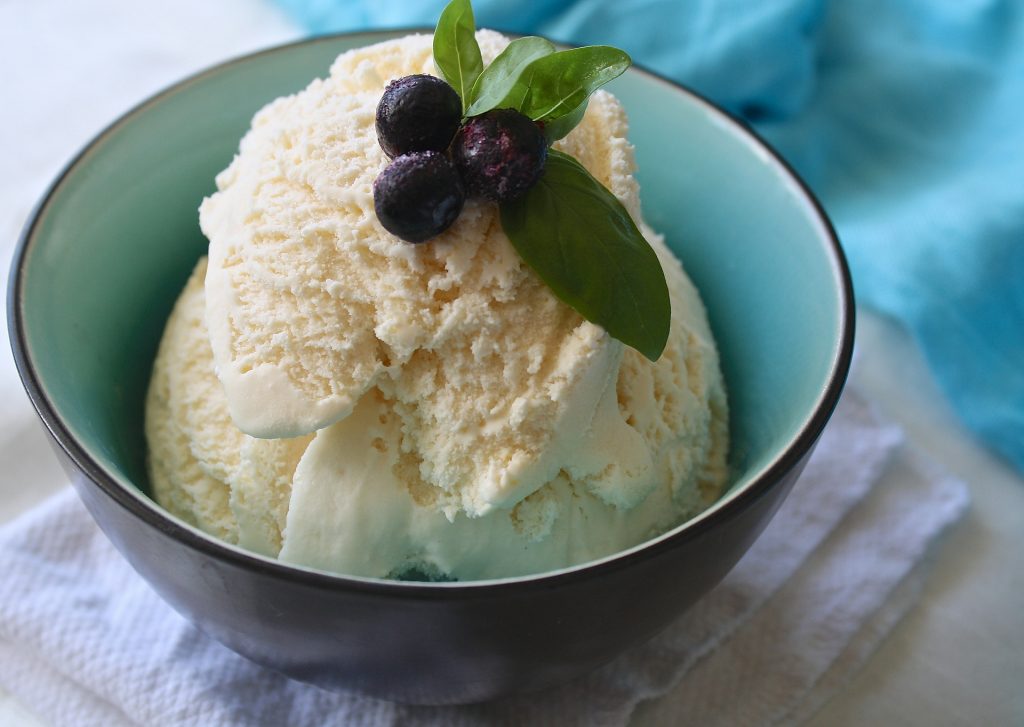
A kitchen is the perfect place for children to see science in action, from the irreversible changes involved in boiling eggs or toasting bread, to what makes a meal healthy.
PSTT Regional Mentor Kate Redhead shares a few activities to get you started – and points you in the direction of other great activities that can be enjoyed in the kitchen at home or school.
More time at home means lots of us are baking and cooking, giving new opportunities to explore science in action. But what other ways are there to explore science in the kitchen?
Staple kitchen cupboard ingredients can allow families to explore a large range of experiments and activities. Here are two easy to set up activities for you to try at home:
Equipment: milk; different colours of food colouring; shallow bowl; cotton bud, washing up liquid.
How to set up the activity:
Add about 1cm of milk to the bottom of the bowl; put a few drops of each colour of food colouring onto different places on the surface of the milk; dip the cotton bud into washing up liquid; touch the surface of the milk with the cotton bud; when the colours settle, touch the surface with the cotton bud again.
Taking it further: Ask questions and find out the answers by experimenting: Why are the colours moving? Does skimmed or semi-skimmed milk have the same effect? Do different types/brands of washing up liquid work in the same way? What happens if you only use one colour?
Parents enjoying their ice-cream during a Kitchen Science workshop at Clifton Primary School, Birmingham.
Equipment: ½ cup of milk; ½ teaspoon vanilla essence; 1 tbsp sugar; 4 cups crushed ice; 4 tbsp salt; 2 smaller zip-loc bags; 1 larger zip-loc bag; towel.
How to set up the activity:
Mix the milk, vanilla and sugar together in a smaller bag; seal tightly with as little air inside as possible; place this in the other smaller bag and seal. Put this bag combination inside the larger bag and fill this bag with ice and salt; seal the bag; wrap the towel around the bag (to protect your hands from the cold) and shake the bag well. The contents of the inside bag will slowly turn into ice-cream.
Taking it further: What is happening? Do the quantities of salt and ice affect the speed of the ice cream-making process? What other flavours of ice-cream could you make?
If you enjoyed these two activities and would like to try more, check out these Baking Soda experiments from Science Sparks.
Visit Wow Science’s recommendations, such as Making a Lava Lamp: https://wowscience.co.uk/resource/xploration-station-make-a-lava-lamp/ and https://wowscience.co.uk/resource/salt-volcano/
Ideas of your own? Share them on Twitter with @WOWScienceHQ and @PSTT_whyhow
Back to blog
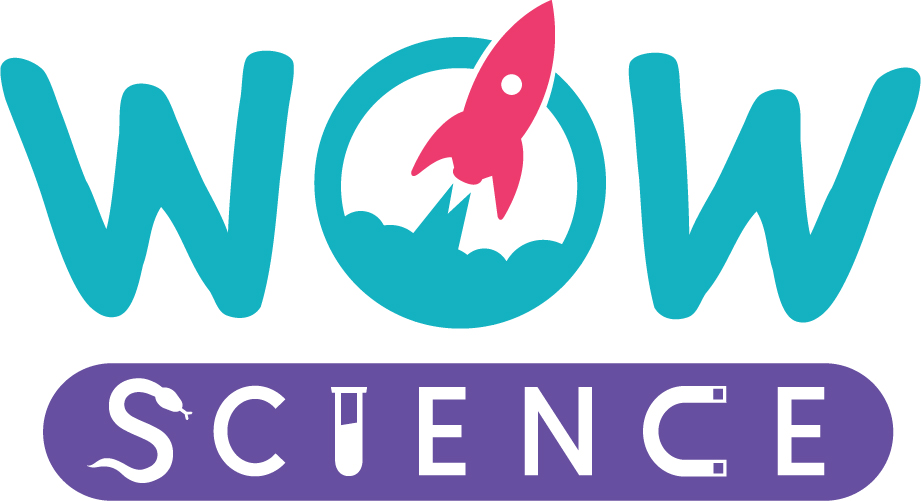


 QUICK
QUICK
 MEDIUM
MEDIUM LONG
LONG

